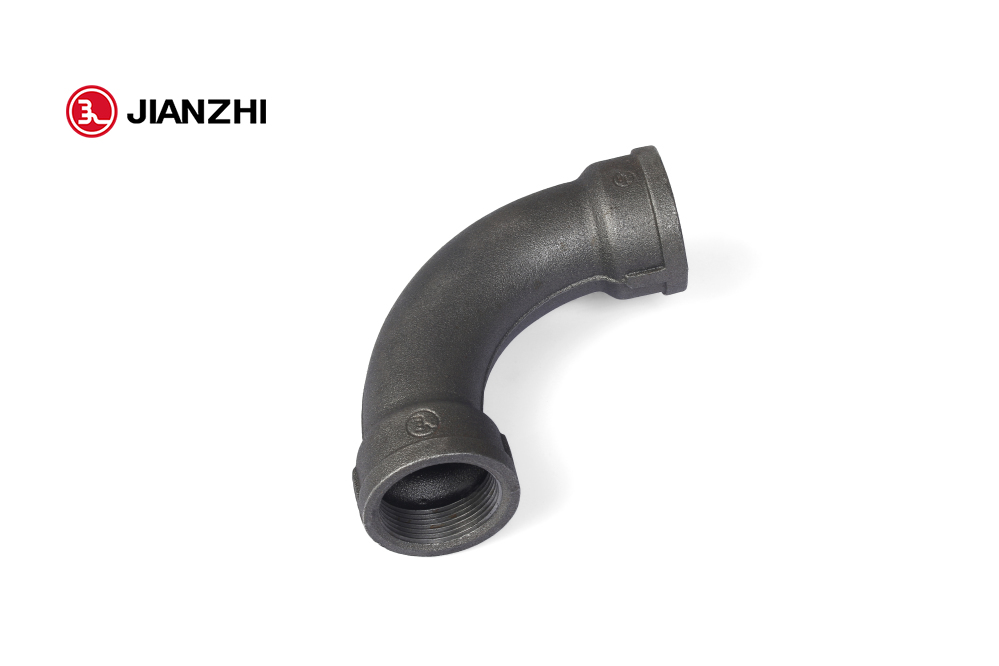Introduction Of Projects Used Metal Pipes Fittings:
Plumbing, construction, furniture building, and hobby projects often require the use of metal pipes and fittings to create structural integrity and a polished look. Black iron and other metal pipe fittings are ideal choices when strength, durability, and an industrial aesthetic are desired. In this guide, we’ll explore the most common types of black iron and metal pipe fittings, their uses, and how to choose the right ones for your project.

What Are Black Iron Pipe Fittings?
Black iron pipe fittings refer to pipes, connectors, and attachments made from black iron or malleable cast iron. Uncoated iron pipes and fittings have a matte black finish that lends well to industrial style decor. Black iron is a strong, rigid metal that provides excellent durability for structural applications and high water pressure capacity for plumbing systems. The cast iron material resists corrosion and rusting.
Common Types Of Black Iron Pipe Fittings include:
- Elbows – 90° and 45° angled fittings for changing pipe direction.
- Tees – T-shaped fittings for joining branch and main runs of pipe.
- Crosses – 4-way connectors for joining pipes from 4 directions (black iron cross fitting).
- Caps – End caps for closing open pipe ends.
- Couplings – Connectors for joining two pipes.
- Unions – Threaded connectors that allow quick assembly/disassembly of two pipes.
- Bushings – Reducers for transitioning between different pipe sizes.
- Nipples – Short connector pipes.
- Flanges – Rings for bolting piping to walls or equipment.
Benefits Of Using Black Iron Fittings
- Very strong and rigid – Excellent for structural support.
- Withstands high water pressure – Suitable for supply plumbing.
- Corrosion resistant – Cast iron resists rusting.
- Fire-proof – Cast iron doesn’t burn or melt.
- Industrial aesthetic – The black color suits many decor styles.
- Durable – Can last decades with proper installation.
- Code approved – Meets plumbing and construction standards.
- Other Metal Pipe Fittings
While Black Iron Is Most Common, Pipe Fittings Also Come In:
- Galvanized steel – Corrosion-resistant zinc coated steel.
- Stainless steel – Won’t rust or corrode. Ideal for harsh environments.
- Copper – Used for water supply lines and gas piping. Natural rust resistant.
- Brass – Corrosion resistant but expensive. Mostly for accents.
- Chrome plated – Decorative chrome finish over steel or iron.
- PVC/CPVC – Lightweight, non-metallic for low pressure systems.
Each material has advantages and applications, but black iron and galvanized steel are the most widely used metal pipe fittings.
Choosing The Right Fittings
Consider these factors when selecting black iron or other metal pipe fittings:
- Application – Plumbing, structural, railings, furniture, crafts? Match strength and type needed.
- Pipe size – Match the inside diameter. Standard sizes are 1/2”, 3/4”, 1”, 1-1/4”.
- Fitting type – Elbow, tee, cross, cap, coupling? Get the shape and ends needed to connect pipes.
- Coating – Raw black iron or galvanized? The coating affects corrosion resistance and look.
- Strength – Structural systems need more rugged fittings than handrails or DIY projects.
- Budget – Stainless steel and brass cost more than black iron or galvanized fittings.
Getting the correct shape and size of fittings ensures proper assembly and professional results. Consider the look you want and environmental factors like exposure to moisture when choosing raw iron, galvanized, or chrome finishes.
Installing Black Iron & Metal Pipe Fittings
Installing black iron fittings is straightforward:
- Measure and cut pipe to needed lengths.
- Deburr pipe end and clear any obstructions from interior.
- Apply pipe joint compound or plumber’s tape to external threads.
- Hand tighten fitting onto pipe.
- Use pipe wrench to finish tightening for a leak-proof seal.
- Assemble remaining pipes and fittings to complete runs.
- For structural systems, anchor pipes securely using brackets.
Take care not to overtighten fittings as this can damage the threads. Always support straight pipe runs to prevent sagging over long spans. Follow all applicable building codes for your application.
